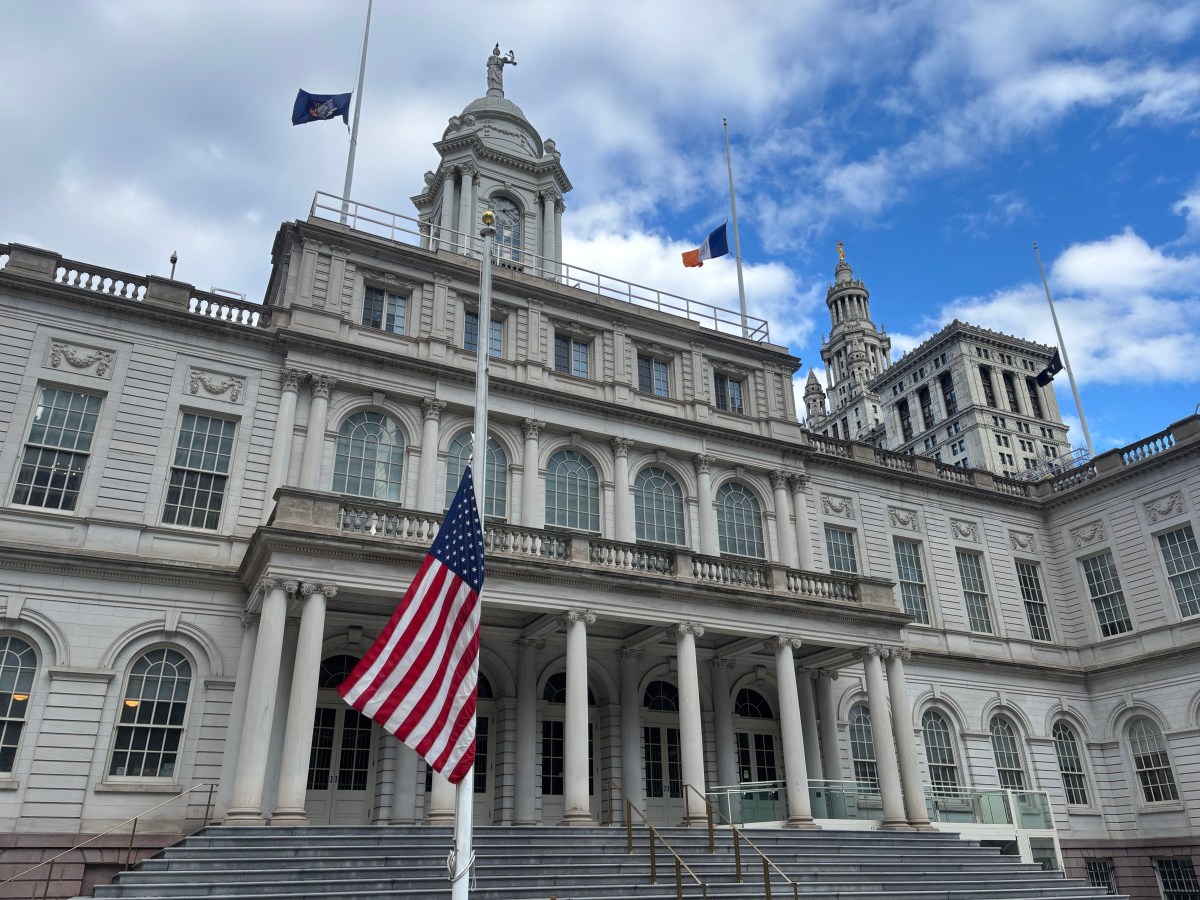ATLANTA, Georgia, Jan. 24, 2011 – The new year brought a spate of bird and fish deaths across the United States and around the world. Hundreds of birds simply fell out of the sky and thousands of fish were found floating dead in rivers.
As media reports multiplied of mysterious mass wildlife deaths, and blogs and social media picked up on the story, the inevitable theories began circulating, ranging from the outlandish (a sign of the apocalypse) to the more plausible (a consequence of environmental damage, such as the U.S. Gulf Coast oil spill of 2010).
In the end, while the reasons appear to have varied, scientists say such deaths are a normally occurring phenomenon – and that is precisely why people should be concerned.
“We somehow think we can put up power lines, cell towers and high-rises and wildlife will just fly around it,” Karen Rowe, bird conservation program coordinator for the Arkansas Game and Fish Commission, told IPS.
On Jan. 1, residents of Beebe, Arkansas, awoke to find about 5,000 dead blackbirds lying on the ground. Then, on the state’s Arkansas River, 80,000 drum fish were found dead.
On Jan. 3, residents of Maryland’s Chesapeake Bay area began reporting tens of thousands of small fish, including menhaden, spots, and croakers, washing up on shore. Officials believed it was due to cold weather. The following day, dozens of dead birds were spotted by a Gilbertsville, Kentucky woman in her backyard. More were found at nearby Murray State University.
Also on Jan. 4, about 500 dead blackbirds and starlings were found in Labarre, Louisiana, and thousands of dead mullet, ladyfish, and catfish were found in Spruce Creek, Florida. Several dozen birds, including American coots, were found on Jan. 5 on a Texas highway. About a hundred starlings were found dead on Jan. 10 near a highway in northern California.
Then on Jan. 11, thousands of gizzard shad fish were found in Chicago, Illinois, followed by 300 dead starlings in South Dakota on Jan. 18.
Bird deaths were also reported in Falkoeping, Sweden, on Jan. 4; Peterborough, England, on Jan. 4; and Faenza, Italy, on Jan. 7. Fish deaths were reported in Parana, Brazil, throughout late December and early January; in Sarnia, Canada, in early January; and Little Bay and Waikawau Bay, New Zealand, on Jan. 4.
Rowe and, a professor of ecology and evolutionary biology at Tulane University in Louisiana, both told IPS these types of incidents are actually quite common.
Indeed, according to the U.S. Geological Survey National Wildlife Health Center, in the last decade, 175 mass deaths exceeding 1,000 birds have occurred in the United States alone.
Bird die-offs would happen without human activities like industry, Sherry said, but human activities are making it much worse, and we are starting to see what he refers to as the “cumulative impact” of numerous problems.
Rowe studied the Beebe incident and concluded that the birds died from being scared from their roost at night by fireworks.
“You have to understand what fireworks do,” Rowe said. “They don’t see very well. When the birds heard these noises, we strongly believe they flew up into the air. A portion of them came down, [and] they collided into buildings, houses, trees.”
“It was the noise of the fireworks that caused them to leave the roost, but the cause of death was trauma from flying into objects,” she said.
“All three labs found trauma injuries, hemorrhages to the chest, head, and the wings, consistent with flying into something rather than falling.”
Prof. Sherry looked into the reports of dead birds in Labarre, Louisiana, and noted in almost all the cases, the dead birds were found within a few yards of power lines. Sherry believes the birds were flying low due to a storm event, and again, blackbirds cannot see well in the dark, so they collided with the power lines.
Meanwhile, the U.S. Department of Agriculture admitted guilt in the South Dakota incident; it had deliberately poisoned the birds after a local farmer complained. (IPS/GIN)

















